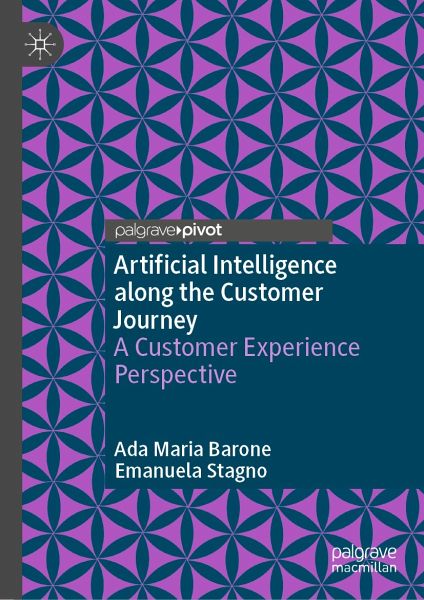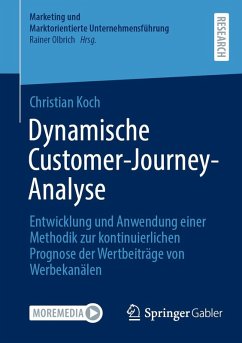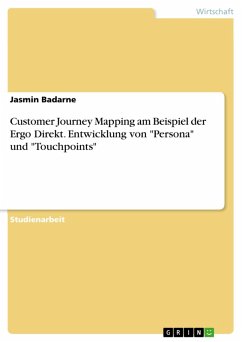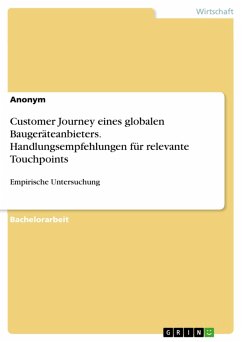
Artificial Intelligence along the Customer Journey (eBook, PDF)
A Customer Experience Perspective
Versandkostenfrei!
Sofort per Download lieferbar
36,95 €
inkl. MwSt.
Weitere Ausgaben:

PAYBACK Punkte
18 °P sammeln!
The development of several AI solutions has revolutionized the way in which consumers behave. Serving as a guide to the role that AI plays on different aspects of consumers' life, this book provides a comprehensive understanding of the main artificial intelligence (AI) solutions available in the market. In particular, the authors adopt a customer experience approach to investigate how different AI technologies play a role at different stages of the customer journey (e.g., from pre-purchase to post-purchase decisions).Covering a range of technologies, such as augmented reality, voice assistants...
The development of several AI solutions has revolutionized the way in which consumers behave. Serving as a guide to the role that AI plays on different aspects of consumers' life, this book provides a comprehensive understanding of the main artificial intelligence (AI) solutions available in the market. In particular, the authors adopt a customer experience approach to investigate how different AI technologies play a role at different stages of the customer journey (e.g., from pre-purchase to post-purchase decisions).
Covering a range of technologies, such as augmented reality, voice assistants, chatbots and robots, readers will be able to learn which strategies and AI solutions are more effective at different stages of the customer journey.
Covering a range of technologies, such as augmented reality, voice assistants, chatbots and robots, readers will be able to learn which strategies and AI solutions are more effective at different stages of the customer journey.
Dieser Download kann aus rechtlichen Gründen nur mit Rechnungsadresse in A, B, BG, CY, CZ, D, DK, EW, E, FIN, F, GR, HR, H, IRL, I, LT, L, LR, M, NL, PL, P, R, S, SLO, SK ausgeliefert werden.












